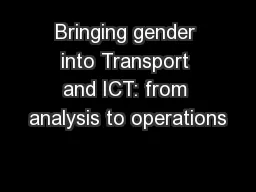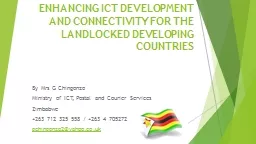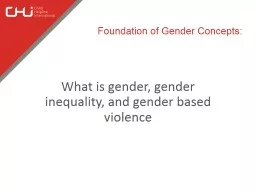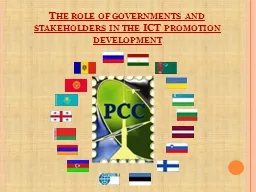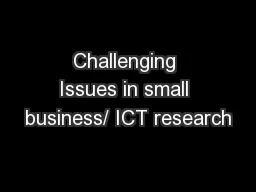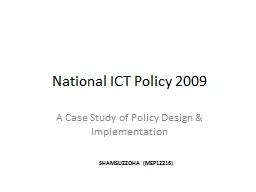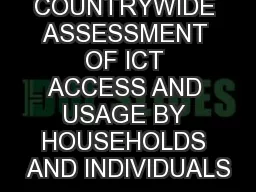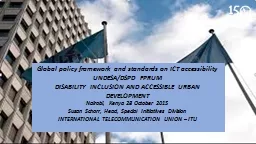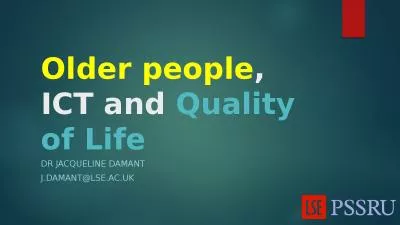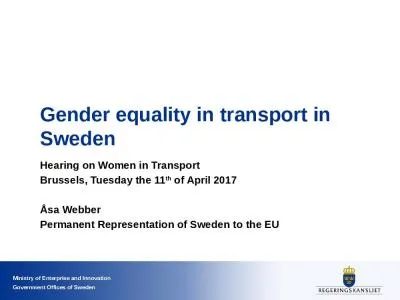PPT-Bringing gender into Transport and ICT: from analysis to operations
Author : min-jolicoeur | Published Date : 2018-03-08
Why gender in transport Gender inequality is a development issue No society can develop sustainably without providing access to opportunities services and resources
Presentation Embed Code
Download Presentation
Download Presentation The PPT/PDF document "Bringing gender into Transport and ICT: ..." is the property of its rightful owner. Permission is granted to download and print the materials on this website for personal, non-commercial use only, and to display it on your personal computer provided you do not modify the materials and that you retain all copyright notices contained in the materials. By downloading content from our website, you accept the terms of this agreement.
Bringing gender into Transport and ICT: from analysis to operations: Transcript
Download Rules Of Document
"Bringing gender into Transport and ICT: from analysis to operations"The content belongs to its owner. You may download and print it for personal use, without modification, and keep all copyright notices. By downloading, you agree to these terms.
Related Documents

